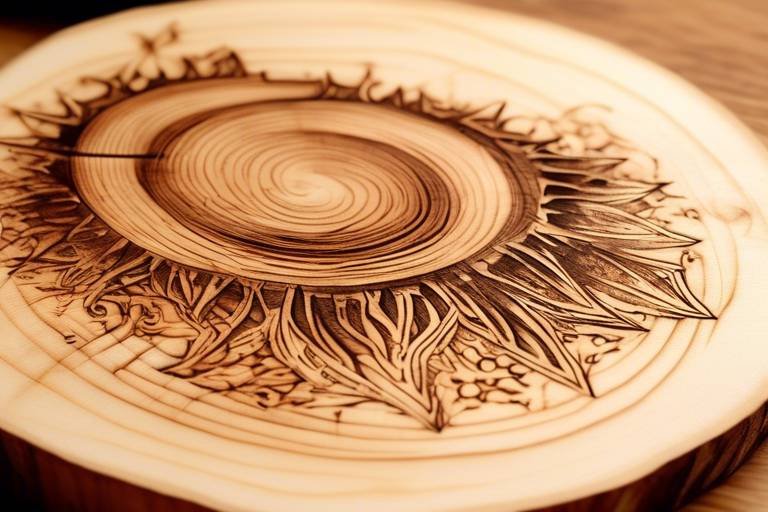Creating Beautiful Wooden Toys for Children
In a world filled with plastic gadgets and digital screens, the charm of wooden toys stands out like a breath of fresh air. Imagine the warmth of polished wood in a child's hands, the delightful sound of pieces clicking together, and the joy of imaginative play that these toys inspire. This article dives into the fascinating art and craft of making wooden toys, highlighting not just the techniques and materials involved, but also the profound benefits these handcrafted treasures offer to children's development and creativity.
Wooden toys are more than just playthings; they are vessels of joy, learning, and creativity. Their numerous advantages include:
- Durability: Unlike their plastic counterparts, wooden toys can withstand the test of time, making them a worthy investment for any parent.
- Safety: Crafted from natural materials, wooden toys are often free from harmful chemicals, ensuring a safe play environment for children.
- Eco-friendliness: With increasing awareness about environmental issues, wooden toys stand out as a sustainable choice.
- Imaginative play: The tactile nature of wood encourages children to engage in creative scenarios, enhancing their imaginative skills.
- Fine motor skills: Playing with wooden toys helps children develop coordination and dexterity, essential skills for their growth.
- Aesthetic appeal: There’s something inherently beautiful about wooden toys, making them not only fun but also visually pleasing.
The journey of crafting exquisite wooden toys begins with selecting the right type of wood. Each type of wood comes with its own set of characteristics that influence the toy's durability, safety, and overall appearance. For instance, while softwoods like pine are easier to work with and lightweight, hardwoods such as oak or maple provide unparalleled strength and durability. Understanding these differences can guide you in making informed decisions that ensure the quality of your creations.
Softwoods, such as pine and cedar, are often favored by beginners due to their ease of handling and affordability. They are lighter and can be shaped with less effort. On the other hand, hardwoods like maple and cherry are denser and more durable, making them ideal for toys that need to withstand rough play. Choosing between softwoods and hardwoods depends largely on the intended use of the toy and the age of the child it is meant for.
When it comes to crafting wooden toys, certain wood types have emerged as favorites among artisans:
- Maple: Known for its hardness and fine grain, maple is a top choice for durable toys.
- Birch: Its smooth finish and strength make birch ideal for colorful and engaging toys.
- Pine: A softwood that is easy to work with, pine is often used for beginner projects.
In today’s eco-conscious society, using reclaimed or sustainably sourced wood has become increasingly popular. Not only does this practice benefit the environment, but it adds a unique character to each toy. Imagine a toy made from reclaimed wood, each piece telling its own story while being safe for your child to play with!
Once you've crafted your wooden toy, it’s time to think about finishing techniques. Proper finishing not only enhances the visual appeal of the toy but also ensures safety. Using non-toxic finishes protects the wood while making it safe for children. It’s an essential step that shouldn’t be overlooked!
Design is where the magic happens! A creative design can capture a child's imagination and encourage hours of interactive play. Think about it: a toy that looks like a rocket ship can spark dreams of space adventures, while a wooden train can lead to imaginative journeys across the living room floor. Unique designs not only make your toys stand out but also foster creativity in children.
Why not make playtime a learning experience? By integrating educational components into your toy designs, you can enhance their value significantly. Toys that promote learning through play can help develop various skills in children, such as:
- Problem-solving abilities
- Social interaction skills
- Creativity and imagination
Understanding the developmental needs of different age groups is crucial when designing toys. Tailoring your creations to specific age ranges ensures that they are not only safe but also engaging. For instance, toys for toddlers should be larger and free of small parts, while those for older children can incorporate more intricate designs and challenges.
Having the right tools and techniques at your disposal is essential for successful toy-making. Whether you are a beginner or an experienced maker, investing in quality tools like saws, sanders, and drills can make all the difference. These tools enable precision and efficiency, allowing you to craft beautiful wooden toys with ease.
For those just starting out, here’s a quick list of essential tools:
- Saws for cutting wood
- Sanders for smoothing edges
- Drills for creating holes
If you’re looking to elevate your toy designs, consider exploring advanced techniques such as wood carving and laser cutting. These methods can add intricate details and unique shapes to your creations, setting them apart in a crowded market.
When creating toys for children, safety should always be your top priority. This means using non-toxic materials, ensuring smooth finishes, and constructing sturdy toys. Parents want to trust that the toys they buy for their children are safe, and as a maker, it’s your responsibility to deliver on that promise.
Using non-toxic paints and finishes is crucial for ensuring the safety of your wooden toys. This practice not only builds trust with parents but also promotes responsible crafting. After all, who wouldn’t want to give their child a toy that’s both fun and safe?
Before you present your toys to the world, conducting safety tests is vital. Ensuring that your creations can withstand rough play without breaking or splintering is key to providing a safe product for children. Remember, a toy that lasts is a toy that children can cherish for years!
Once your toys are crafted, effective marketing strategies will help you reach your target audience. Consider utilizing social media platforms like Instagram and Facebook to showcase your creations. Engaging with your audience can help build a loyal customer base eager to support your craft.
Social media is a powerful tool for showcasing your creations. By sharing images and stories about your wooden toys, you can connect with potential customers and create a community around your brand.
Attending craft fairs and local markets allows you to showcase your wooden toys in person. These events provide opportunities for direct customer interaction and valuable feedback on your products. Plus, you’ll get to meet other artisans and learn from their experiences!
Q: Are wooden toys safe for toddlers?
A: Yes! Wooden toys are generally safe for toddlers as long as they are made from non-toxic materials and are free of small parts.
Q: How do I clean wooden toys?
A: You can clean wooden toys with a damp cloth and mild soap. Avoid soaking them in water, as this can damage the wood.
Q: What types of finishes are safe for children's toys?
A: Non-toxic finishes, such as natural oils or water-based paints, are safe options for children's toys.
Q: Can I customize wooden toys?
A: Absolutely! Many artisans offer customization options, allowing you to create unique toys tailored to your child's preferences.

The Benefits of Wooden Toys
When it comes to children's playthings, wooden toys stand out as a timeless choice that resonates with both parents and kids alike. These toys are not just charming; they come packed with a plethora of benefits that enhance a child's development in various ways. For starters, wooden toys are known for their durability. Unlike plastic toys that can easily break or wear out, wooden toys are built to last, often becoming treasured keepsakes that can be passed down through generations. This durability means that parents can invest in quality toys that withstand the test of time and rough play.
Safety is another significant advantage of wooden toys. Many parents are increasingly concerned about the materials used in children's toys, especially with the rise of harmful chemicals found in some plastics. Wooden toys, particularly those made from non-toxic materials, provide a safer alternative. They are less likely to splinter and can be finished with non-toxic paints and coatings, ensuring that little ones can play without the risk of ingesting harmful substances. This focus on safety not only gives parents peace of mind but also fosters a trusting relationship between them and the toy makers.
Moreover, wooden toys are incredibly eco-friendly. In an age where sustainability is becoming a priority, opting for wooden toys made from sustainably sourced or reclaimed wood is a responsible choice. These toys not only reduce plastic waste but also promote environmental consciousness among children from an early age. Playing with wooden toys can spark conversations about nature and the importance of caring for our planet, making playtime both fun and educational.
Another remarkable benefit of wooden toys is their ability to promote imaginative play. Unlike electronic gadgets that dictate how a child should play, wooden toys often come in simple forms that encourage creativity. A block can become a car, a castle, or anything else a child's imagination can conjure. This open-ended play fosters creativity and problem-solving skills, allowing children to explore their ideas freely. Moreover, as children manipulate these toys, they enhance their fine motor skills, which are crucial for their overall development.
In summary, wooden toys offer a multitude of benefits that make them an excellent choice for children's play. From their durability and safety to their eco-friendliness and ability to inspire creativity, these toys are not just playthings; they are tools for development. Investing in wooden toys is investing in a child's growth, making them a cherished addition to any playroom.
- Are wooden toys safe for children? Yes, as long as they are made from non-toxic materials and properly finished.
- How do wooden toys promote creativity? Their simple designs encourage imaginative play, allowing children to create their own scenarios.
- What types of wood are best for making toys? Hardwoods like maple and birch are popular for their durability, while softwoods like pine are easier to work with.
- Can wooden toys be eco-friendly? Absolutely! Choosing sustainably sourced or reclaimed wood makes wooden toys a great eco-friendly option.

Choosing the Right Wood
When it comes to crafting beautiful wooden toys, is not just a matter of preference; it's a vital step that can significantly impact the quality and longevity of your creations. Each type of wood comes with its own unique set of characteristics that affect everything from durability and appearance to safety for children. Thus, making an informed choice is essential for anyone looking to create quality toys that can withstand the test of time and play.
First and foremost, let’s break down the two primary categories of wood: softwoods and hardwoods. Softwoods, like pine and cedar, are generally lighter and easier to work with, making them ideal for beginners. They can be shaped and sanded with relative ease, allowing for a smoother crafting experience. However, they may not be as durable as their hardwood counterparts, which means they might not hold up as well under rigorous play.
On the other hand, hardwoods such as oak, maple, and birch are known for their strength and durability. These woods can withstand rough handling and are less likely to splinter, making them a safer choice for toys that will be heavily used. However, they can be more challenging to work with due to their density, requiring more advanced tools and techniques. To help you understand the differences better, here’s a quick comparison:
| Type of Wood | Characteristics | Best Uses |
|---|---|---|
| Softwoods | Lighter, easier to cut and shape | Beginner toys, decorative items |
| Hardwoods | Durable, resistant to wear and tear | Durable toys, long-lasting furniture |
Another important aspect to consider is the eco-friendliness of the wood you choose. Using reclaimed wood or wood sourced from sustainable forests not only helps the environment but also adds a unique character to your toys. These eco-friendly options are increasingly favored by parents who are conscious about their children’s health and the planet's well-being. Plus, there’s something special about giving new life to old materials, don’t you think?
In conclusion, selecting the right wood for your toy-making endeavors is essential. It influences not just the aesthetic appeal of your toys but also their safety and durability. By understanding the characteristics of different wood types, you can make informed decisions that will lead to the creation of beautiful, functional, and safe toys for children to enjoy.
- What is the best wood for making children's toys? Hardwoods like maple and birch are excellent choices due to their durability and safety.
- Are softwoods safe for children's toys? Yes, softwoods can be safe if properly finished and constructed, but they may not be as durable as hardwoods.
- How can I ensure the wood I use is eco-friendly? Look for reclaimed wood or wood certified by organizations that promote sustainable forestry practices.
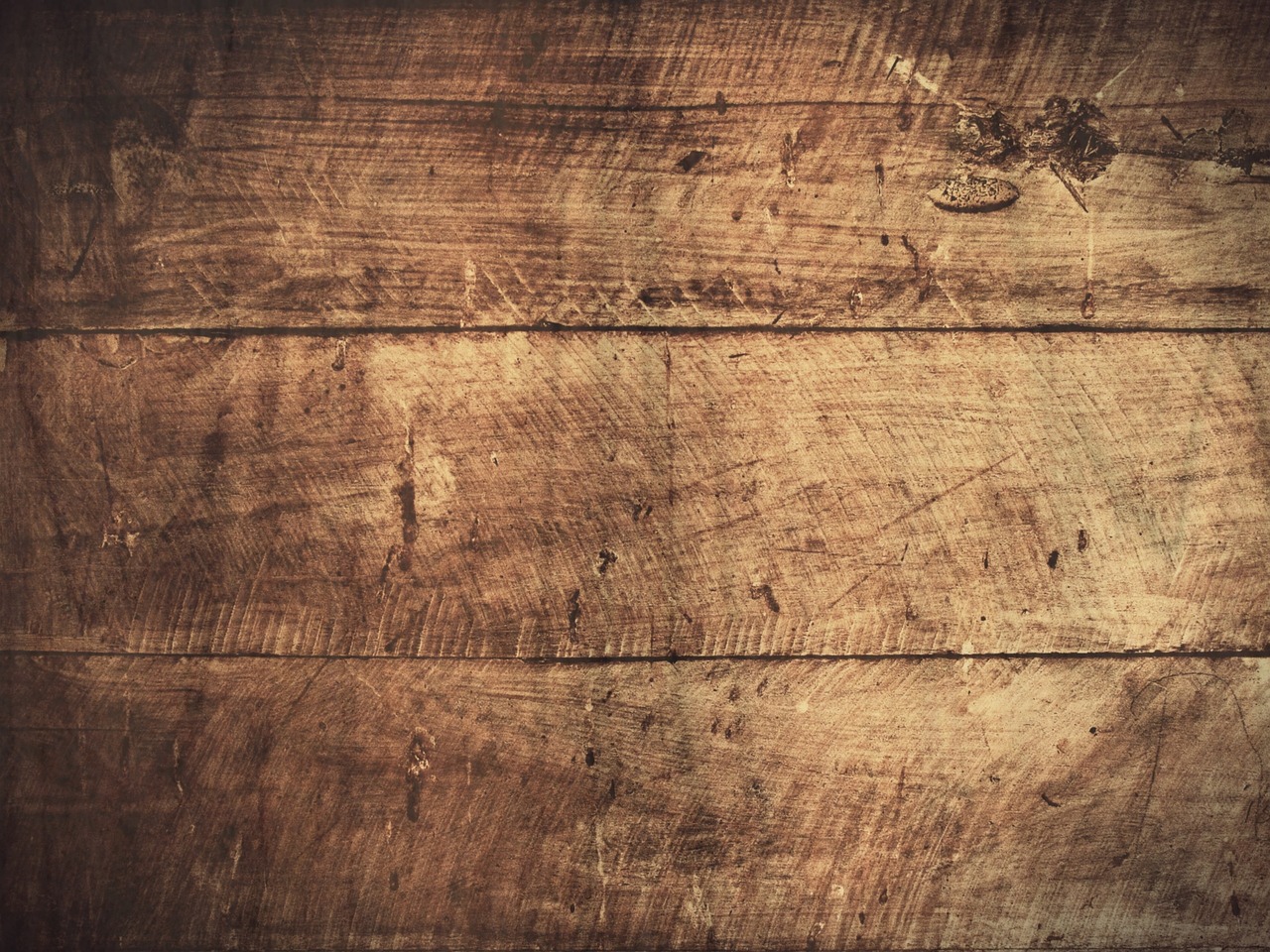
Softwoods vs. Hardwoods
When it comes to crafting beautiful wooden toys, one of the most crucial decisions you'll face is choosing between softwoods and hardwoods. Each type of wood has its unique set of characteristics that can greatly affect the durability, safety, and overall aesthetic of your toys. So, what exactly sets these two categories apart? Let’s dive into the world of wood!
Softwoods typically come from coniferous trees, which are known for their needle-like leaves and cones. Common examples include pine, cedar, and fir. These woods are generally lighter and easier to work with, making them an excellent choice for beginners or those looking for quick, uncomplicated projects. Their natural properties often lend themselves to a warm, rustic appearance that many parents adore. However, while softwoods are easier to shape and carve, they may not be as durable as their hardwood counterparts, making them more susceptible to dents and scratches over time.
On the other hand, hardwoods come from deciduous trees, which shed their leaves annually. Examples of popular hardwoods for toy-making include maple, birch, and oak. These woods are known for their density and strength, making them highly durable and ideal for toys that need to withstand the test of time and the rough play of children. While hardwoods can be more challenging to work with due to their density, the end results are often stunningly beautiful pieces that parents will cherish for years. The intricate grain patterns and rich colors of hardwoods can add a touch of elegance to any toy, making them not just playthings but also keepsakes.
| Feature | Softwoods | Hardwoods |
|---|---|---|
| Weight | Lightweight | Heavier |
| Durability | Less durable | Highly durable |
| Workability | Easy to work with | More challenging |
| Cost | Generally cheaper | More expensive |
| Aesthetic | Warm, rustic | Elegant, intricate |
In making your choice, consider the specific needs of the toys you’re creating. If you’re crafting lightweight toys for younger children, softwoods may be the way to go. However, if you’re aiming for durability and longevity, especially for toys that will be passed down through generations, hardwoods are likely your best bet. Ultimately, the choice between softwoods and hardwoods can significantly influence not just the functionality of the toys but also their emotional and aesthetic value to both children and parents.
- What are the best woods for children's toys? Maple, birch, and pine are popular choices due to their safety and durability.
- Are wooden toys safe for children? Yes, as long as they are made from non-toxic materials and have smooth finishes.
- How can I ensure my wooden toys are eco-friendly? Use reclaimed or sustainably sourced wood and non-toxic finishes.
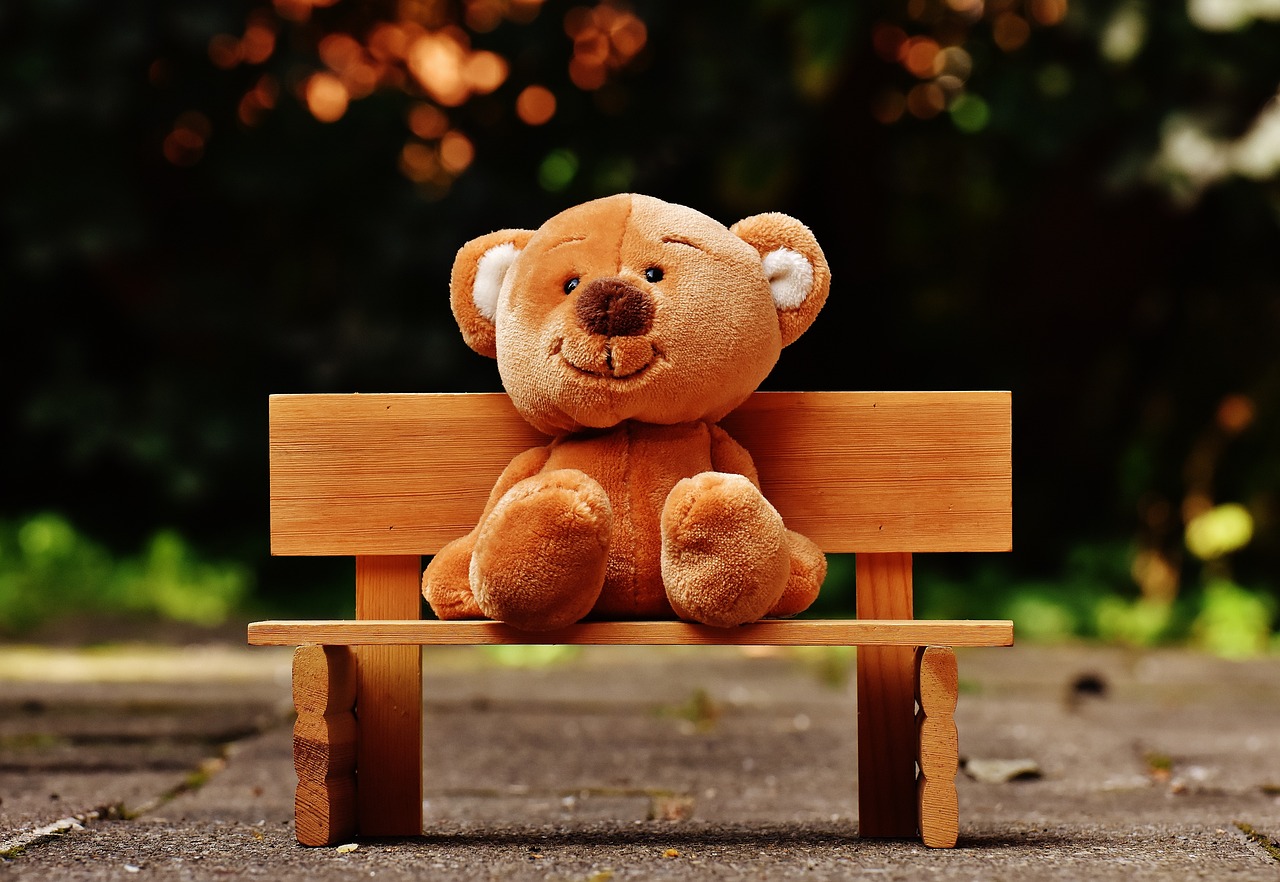
Popular Wood Types for Toys
When it comes to crafting beautiful wooden toys, the type of wood you choose plays a crucial role in the final product's durability, safety, and aesthetic appeal. Each wood type brings its own unique characteristics to the table, influencing not just how the toy looks but also how it feels in a child's hands. For instance, hardwoods like maple and birch are renowned for their strength and resilience, making them ideal for toys that need to withstand the test of time and energetic play. In contrast, softwoods like pine are lighter and easier to work with, making them a popular choice for beginners or for creating toys that require intricate designs.
Here are some of the most popular wood types used in toy-making:
- Maple: Known for its exceptional durability and resistance to wear, maple is a favorite among craftsmen. Its fine grain provides a smooth finish that is perfect for toys meant to be handled frequently.
- Birch: Birch is another excellent choice, offering a beautiful light color and a smooth texture. It's often used for toys that require a bit of bending or shaping due to its flexibility.
- Pine: This softer wood is easy to carve and shape, making it a great option for beginners. Pine is lightweight and often less expensive, making it a practical choice for larger toys.
- Cherry: Cherry wood is not only stunning but also becomes more beautiful with age, developing a rich patina. It's perfect for toys that are meant to be cherished over the years.
- Walnut: Known for its deep, rich color, walnut adds a touch of elegance to any toy. While it can be more expensive, its unique appearance makes it worth the investment for special pieces.
In addition to these popular choices, using reclaimed or sustainably sourced wood is becoming increasingly popular. Not only does this practice benefit the environment, but it also adds a unique story and character to each toy. Imagine giving a child a toy that not only sparks their imagination but also carries a piece of history! Choosing the right wood is not just about aesthetics; it’s about creating a safe, durable, and environmentally friendly product that children can enjoy for years to come.
Q: Why should I choose wooden toys over plastic ones?
A: Wooden toys are typically more durable, safer, and environmentally friendly. They promote imaginative play and often have a timeless aesthetic that plastic toys lack.
Q: Are all types of wood safe for children?
A: Not all woods are safe. It's essential to choose non-toxic finishes and avoid woods that may splinter or contain harmful chemicals.
Q: How can I ensure my wooden toys are safe for children?
A: Use non-toxic materials, smooth finishes, and sturdy construction. Additionally, conducting safety tests can help ensure your toys can withstand rough play.
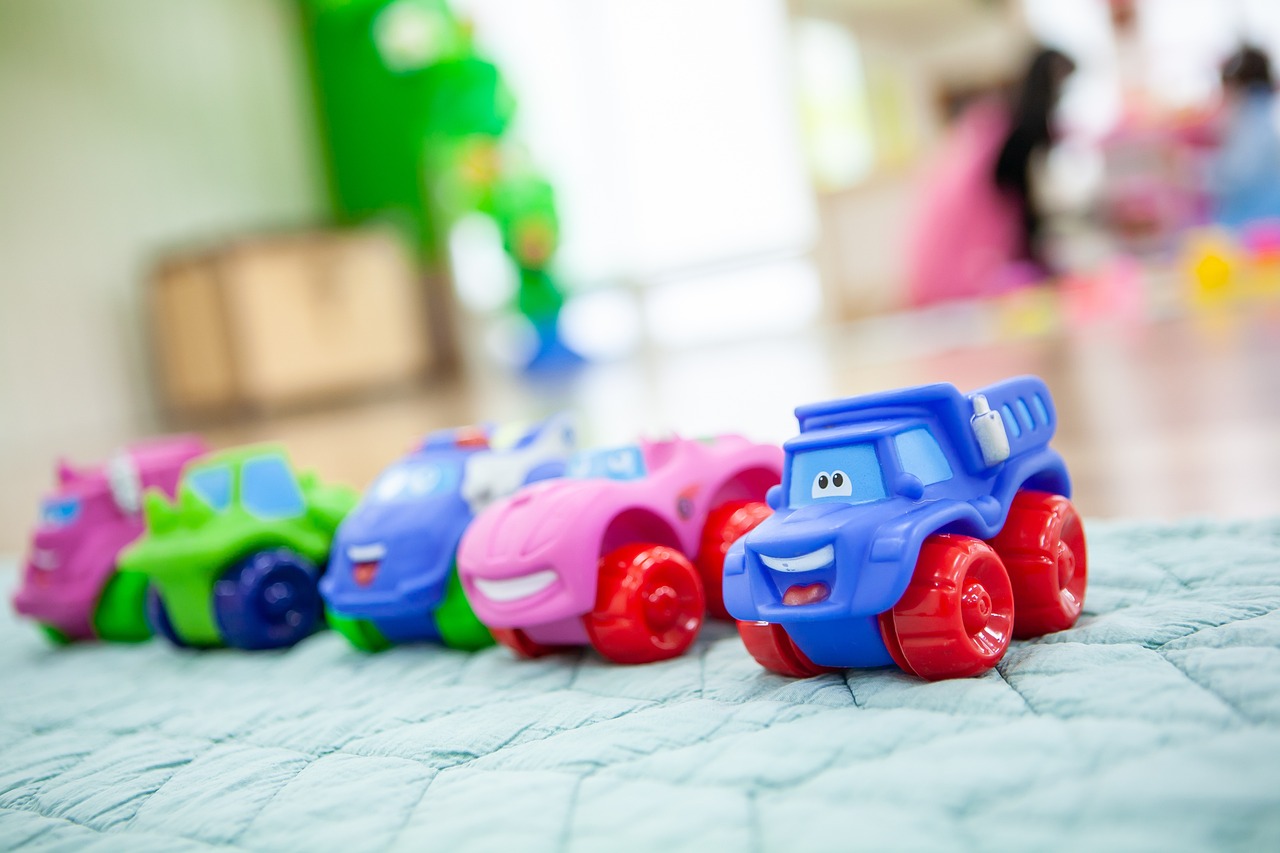
Eco-Friendly Options
In today's world, where environmental awareness is more critical than ever, for wooden toy-making have gained immense popularity. Not only do these choices help reduce our carbon footprint, but they also resonate with parents who are increasingly concerned about the materials their children interact with. By opting for reclaimed or sustainably sourced wood, toy makers can create beautiful, unique pieces that tell a story while being kind to our planet.
Reclaimed wood, which is salvaged from old buildings, furniture, or other structures, adds a distinctive charm to each toy. The character of the wood, often infused with history, can make toys not just playthings but treasured heirlooms. Moreover, using reclaimed materials helps reduce waste and lessens the demand for new lumber, making it a win-win situation for both the maker and the environment.
Sustainably sourced wood, on the other hand, comes from forests that are managed responsibly. This means that for every tree cut down, another is planted, ensuring that our forests continue to thrive. By choosing wood certified by organizations like the Forest Stewardship Council (FSC), makers can guarantee that they are supporting ethical forestry practices. This not only protects wildlife habitats but also contributes to the overall health of our ecosystems.
When considering eco-friendly options, it's also essential to think about the finishes used on the toys. Non-toxic, water-based paints and finishes are available that not only enhance the beauty of the wood but also ensure safety for little ones. These finishes are free from harmful chemicals, making them a perfect choice for parents who prioritize their child's health.
In summary, embracing eco-friendly options in wooden toy-making not only fosters creativity and uniqueness in design but also promotes a healthier planet. By choosing reclaimed or sustainably sourced wood and opting for non-toxic finishes, toy makers can craft products that are both safe for children and gentle on the environment. It's a delightful way to ensure that playtime is not only fun but also responsible.
- What types of wood are considered eco-friendly?
Eco-friendly woods include reclaimed wood and wood certified by organizations like the Forest Stewardship Council (FSC). These options ensure responsible sourcing and sustainability.
- Are non-toxic finishes really safe for children?
Yes, non-toxic finishes and paints are specifically designed to be safe for children, free from harmful chemicals that can pose health risks.
- How can I ensure that the wood I choose is sustainably sourced?
Look for certifications from reputable organizations like the FSC, which indicate that the wood comes from responsibly managed forests.
- What are the benefits of using reclaimed wood?
Reclaimed wood adds unique character to toys, reduces waste, and minimizes the demand for new lumber, making it an environmentally friendly choice.

Finishing Techniques
When it comes to crafting beautiful wooden toys, the you choose can make all the difference. Not only do they enhance the visual appeal of your creations, but they also play a crucial role in ensuring the safety and durability of the toys. Imagine spending hours meticulously shaping and sanding a toy, only to overlook the finishing touches that could elevate it from good to extraordinary. That's where the right finishing techniques come into play!
First and foremost, it’s essential to select non-toxic finishes that are safe for children. After all, these toys will inevitably end up in little hands and mouths. Options like natural oils, beeswax, or specially formulated non-toxic paints can provide a beautiful sheen while keeping safety at the forefront. For instance, using a combination of mineral oil and beeswax not only protects the wood but also gives it a lovely, soft finish that feels great to the touch.
Moreover, the application technique is just as important as the finish itself. Here are some effective finishing techniques to consider:
- Brushing: Using a high-quality brush allows for even coverage, especially on intricate designs.
- Wiping: For oils and waxes, wiping on and off can create a smooth finish without leaving excess product.
- Spraying: A spray finish can provide a fine mist that penetrates well, ideal for detailed pieces.
After applying your chosen finish, allow ample drying time to ensure that the coating sets properly. Rushing this step can lead to smudging or uneven surfaces, which can detract from the toy's overall quality. Once the finish is dry, a light sanding with fine-grit sandpaper can help achieve an ultra-smooth surface, enhancing the tactile experience for children.
Lastly, don't forget about the importance of maintenance. Educating parents on how to care for their wooden toys can extend their lifespan significantly. A simple reminder to avoid soaking the toys in water and to periodically reapply a natural oil finish can go a long way in preserving the beauty of your handcrafted items.
Q: What are the best non-toxic finishes for wooden toys?
A: Some of the best non-toxic finishes include natural oils like mineral oil, beeswax, and specially formulated non-toxic paints that are safe for children.
Q: How can I ensure my wooden toys are safe for children?
A: To ensure safety, always use non-toxic materials, smooth finishes, and sturdy construction. Testing your toys for durability and safety is also crucial.
Q: How often should I reapply the finish on my wooden toys?
A: It’s recommended to reapply a natural oil finish every few months, depending on how often the toy is played with and how it is maintained.
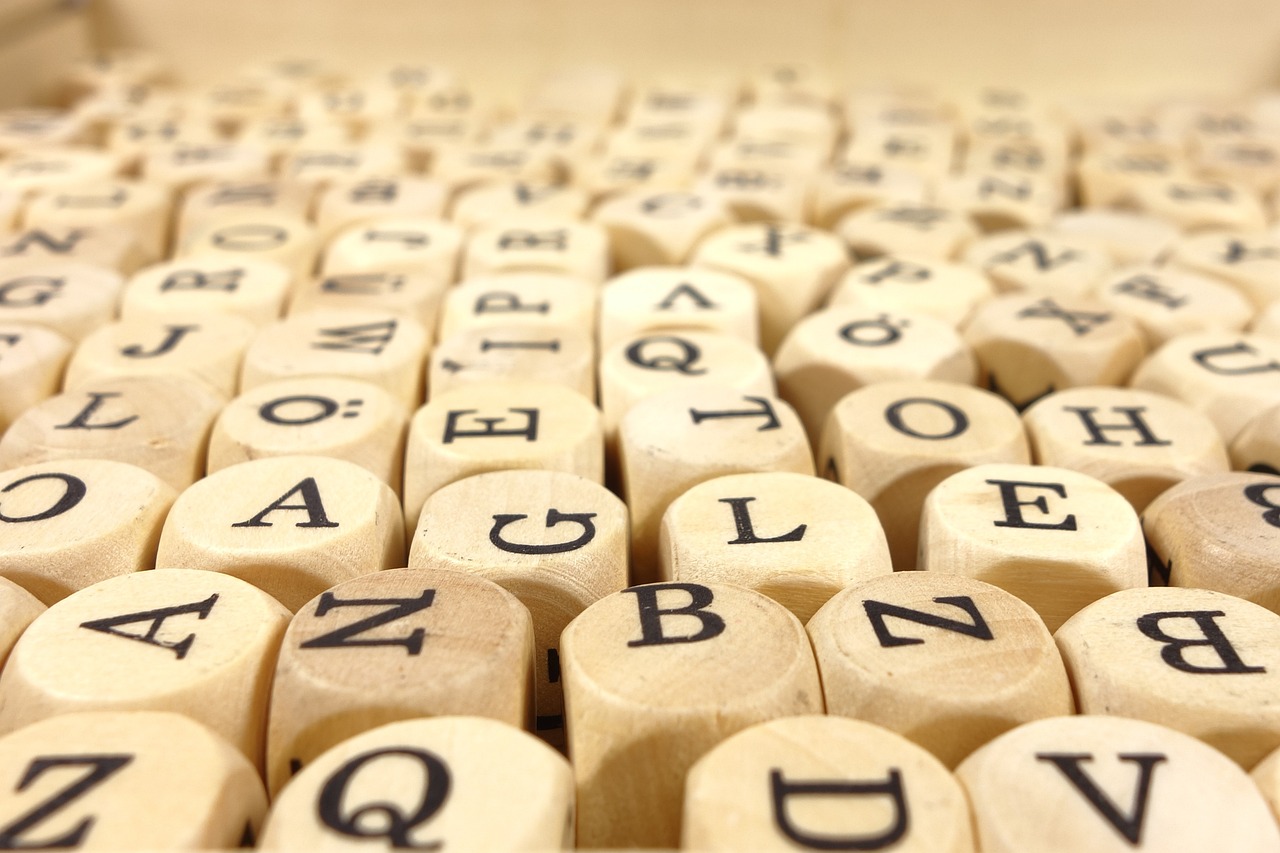
Designing Your Wooden Toys
When it comes to designing wooden toys, creativity is the name of the game! A well-thought-out design not only captures a child's imagination but also encourages interactive play. You want your toys to be more than just objects; they should invite children into a world of adventure and exploration. Think about how children play—what excites them, what challenges them, and what stories they want to tell. This understanding can lead you to create toys that are not only fun but also educational.
One of the key aspects of designing wooden toys is to incorporate educational elements. Toys that promote learning through play can significantly enhance a child's development. For instance, consider creating puzzles that help with problem-solving skills or building blocks that encourage spatial awareness. These types of toys can make learning feel like a natural part of play, rather than a chore. You could even think about integrating colors, shapes, and numbers into your designs, making them not just toys but also tools for learning.
Moreover, it's essential to customize your designs for different age groups. Children of various ages have different developmental needs, and understanding these can lead to the creation of safer and more engaging toys. For example, toys for toddlers should be simple and large enough to prevent choking hazards, while toys for older children can incorporate more complex designs and functionalities. Tailoring your toys to specific age ranges ensures that they are both developmentally appropriate and safe.
In addition to functionality and safety, aesthetics play a crucial role in toy design. The visual appeal of your toys can make a significant difference in how they are received by both children and parents. Bright colors, unique shapes, and smooth finishes can attract attention and make your toys stand out in a crowded market. Remember, a toy that looks good is often more enticing to a child. So, don’t shy away from experimenting with different designs that spark joy and curiosity!
Lastly, as you embark on this creative journey, it’s worth considering the environmental impact of your designs. Incorporating eco-friendly materials and sustainable practices not only benefits the planet but also resonates with today’s conscious consumers. More parents are looking for toys that are safe for their children and the environment. By prioritizing sustainability in your designs, you can create beautiful wooden toys that children will love and parents will trust.
- What materials are best for designing wooden toys? Generally, hardwoods like maple and birch are preferred for their durability, while softwoods like pine are easier to work with.
- How can I make my wooden toys more educational? Incorporate elements such as shapes, colors, and numbers into your designs or create puzzles and building sets that promote problem-solving skills.
- What age group should I target with my wooden toys? It’s important to tailor your designs to specific age groups, ensuring they are developmentally appropriate and safe for children.
- How can I make my toys visually appealing? Use bright colors, unique shapes, and smooth finishes to attract children’s attention and make your toys stand out.
- Why should I consider eco-friendly materials? Eco-friendly materials are safe for children and the environment, appealing to parents who are conscious about sustainability.
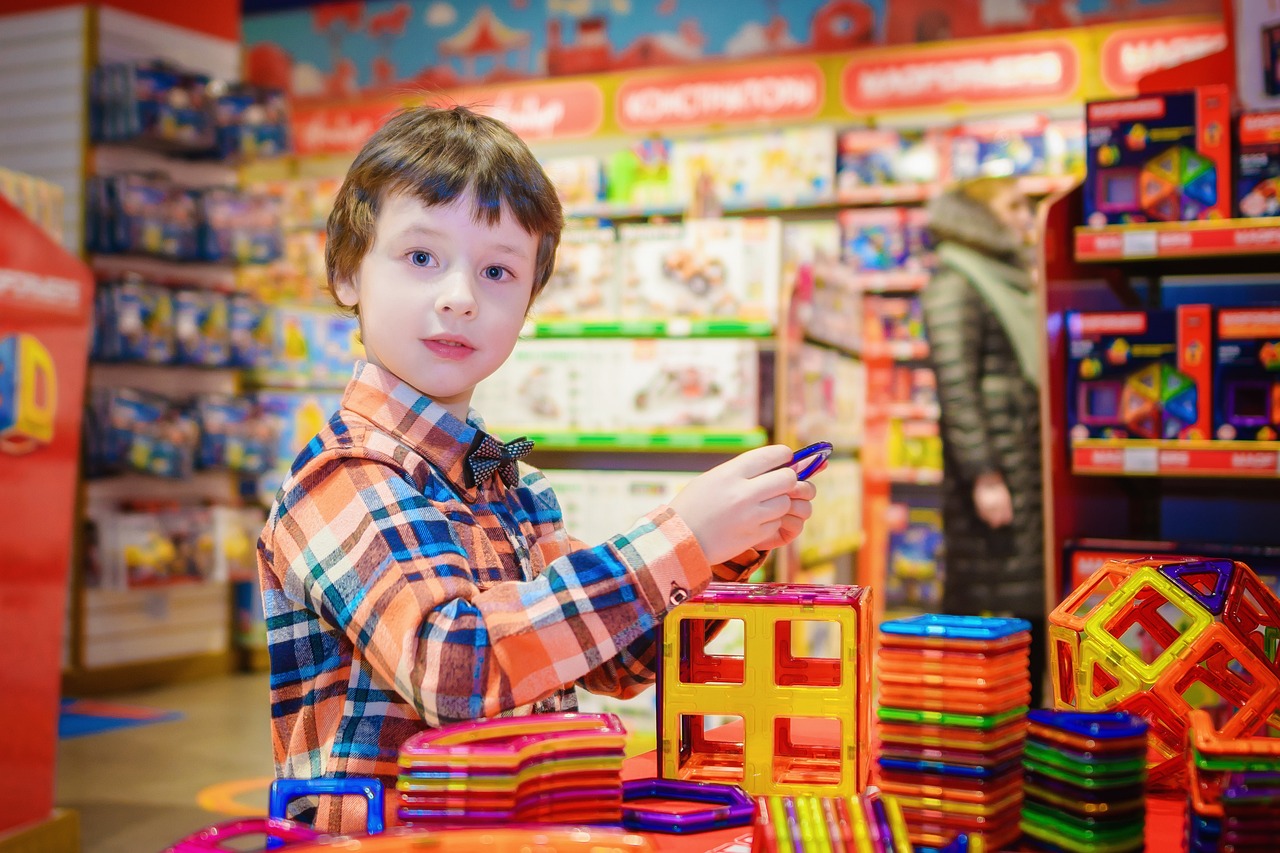
Incorporating Educational Elements
Incorporating educational elements into your wooden toy designs can significantly enhance their value and appeal. When you think about it, **toys are not just objects for entertainment**; they are powerful tools for learning. By integrating educational components, you can create toys that not only engage children but also promote **critical thinking, creativity, and social skills**. For instance, consider designing toys that encourage problem-solving or foster collaboration among peers. Imagine a set of wooden blocks that challenge kids to build structures while learning about balance and gravity. Isn't that a fun way to learn?
Moreover, toys that incorporate **educational themes** can cater to various developmental milestones. For example, you might design a toy that teaches counting, shapes, or even colors. These toys can be particularly beneficial for preschool-aged children, who are at a stage where they are eager to explore and learn. Here are some ideas on how to incorporate educational elements into your designs:
- STEM Learning: Create toys that introduce basic concepts of science, technology, engineering, and mathematics. Think of puzzles that require logical reasoning or building kits that encourage engineering skills.
- Language Development: Toys that promote storytelling or vocabulary building can be incredibly valuable. Consider designing wooden letters or animals that can be used to create stories or learn new words.
- Social Skills: Incorporating cooperative games into your toy designs can help children learn teamwork and communication. A toy that requires multiple players can encourage interaction and social engagement.
By focusing on these educational aspects, you not only make your toys more appealing to parents but also create products that contribute positively to a child's growth. Remember, the ultimate goal is to make learning fun! Your wooden toys can serve as a bridge between play and education, allowing children to explore new concepts while they play. This not only enhances their playtime experience but also instills a lifelong love for learning.
Q: What age group benefits most from educational wooden toys?
A: Educational wooden toys can benefit children of all ages, but they are especially effective for preschool and early elementary-aged children, who are developing foundational skills.
Q: How can I ensure my wooden toys are safe for children?
A: To ensure safety, use non-toxic materials, smooth finishes, and conduct thorough testing for durability. Always adhere to safety standards relevant to children's toys.
Q: Are there specific educational themes I should focus on?
A: Focus on themes that promote STEM learning, language development, and social skills. These areas are crucial for a child's development and can be effectively integrated into your toy designs.
Q: Can I customize toys for different educational purposes?
A: Absolutely! Customizing toys to align with specific educational goals allows you to cater to various developmental needs and interests, making them more engaging for children.

Customizing Designs for Different Ages
When it comes to crafting wooden toys, customization is key to ensuring that each toy resonates with its intended audience. Children of different ages have distinct developmental needs, interests, and safety requirements, making it essential to tailor your designs accordingly. For instance, toys designed for infants should focus on sensory stimulation and safety, featuring soft edges and bright colors to capture their attention. On the other hand, toddlers may benefit from toys that promote fine motor skills and imaginative play, such as stacking blocks or simple puzzles. By understanding the unique characteristics of each age group, you can create toys that not only entertain but also foster growth and development.
To dive deeper, let’s break down the customization process for various age ranges:
- Infants (0-12 months): Focus on toys that are safe to chew on, with no small parts. Materials should be soft and non-toxic, and designs should include bright colors and contrasting patterns to stimulate visual development.
- Toddlers (1-3 years): At this stage, children are exploring their environment. Toys should encourage gross motor skills, such as push and pull toys, and should be durable enough to withstand rough handling. Simple puzzles and stacking toys are great options.
- Preschoolers (3-5 years): This age group thrives on creativity and social interaction. Toys can be more complex, incorporating elements that encourage role-playing and cooperative play. Think about building sets, art supplies, and toys that promote storytelling.
- Early School Age (5-7 years): As children begin to develop critical thinking skills, toys that challenge them intellectually are ideal. Consider educational games, science kits, and construction sets that stimulate problem-solving and creativity.
By taking the time to understand these age-specific needs, you can create a line of wooden toys that not only captivates children but also aligns with their developmental milestones. Remember, the goal is to create toys that are fun, safe, and educational, ensuring that they spark joy and creativity in every child.
Q: What materials are best for making toys for infants?
A: For infants, it's crucial to use non-toxic, soft materials that are safe for chewing. Woods like maple or birch are excellent choices, as they are durable and can be finished with safe, non-toxic oils or paints.
Q: How can I ensure the safety of my wooden toys?
A: Always use non-toxic finishes and ensure that all parts are securely attached to prevent choking hazards. Conduct thorough testing for durability to ensure the toys can withstand rough play.
Q: What are some creative ideas for customizing toys?
A: Consider incorporating educational themes, such as numbers, letters, or shapes, into your designs. You can also personalize toys with a child's name or favorite colors to make them extra special.
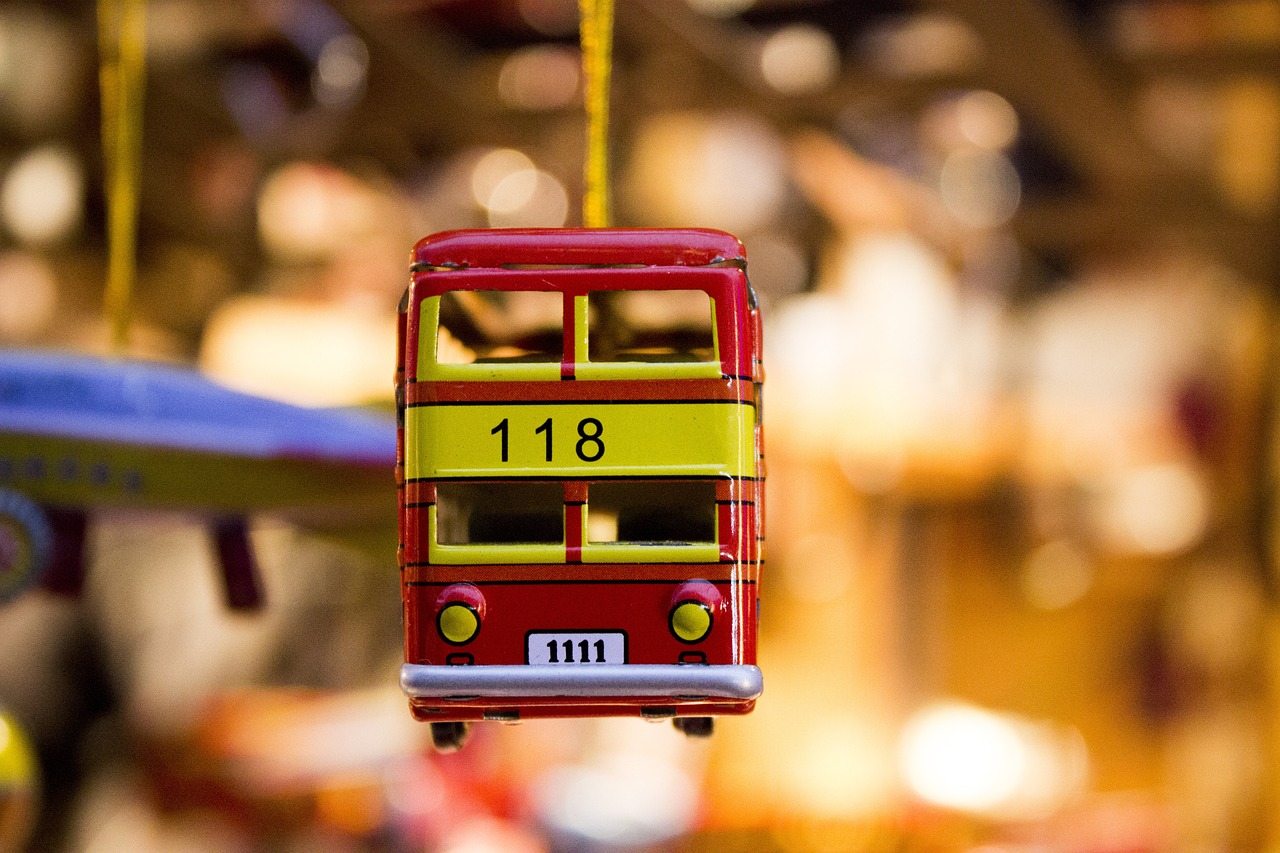
Tools and Techniques for Toy Making
When it comes to crafting beautiful wooden toys, having the right tools and techniques is absolutely essential. Imagine embarking on a journey without a map or compass; that's what toy-making would feel like without the proper equipment. Investing in high-quality tools not only enhances your craftsmanship but also makes the entire process more enjoyable. Think of it as equipping yourself with a magic wand that transforms raw wood into delightful toys that can spark joy in children's lives.
So, what tools should you have in your arsenal? At the very least, every aspiring toy maker should consider the following essentials:
- Saws: A good saw is critical for cutting wood to size. Whether you choose a hand saw or a power saw, make sure it's sharp and reliable.
- Sanders: Smooth finishes are vital for safety and aesthetics. A sander will help you achieve that silky-smooth surface that feels great to the touch.
- Drills: Perfect for creating holes for pegs or assembling parts, a drill is a must-have for any serious woodworker.
Beyond these basics, you might want to explore more specialized tools that can take your toy-making to the next level. For instance, a wood lathe allows you to create rounded shapes and intricate designs, while a laser cutter can add precision and detail that manual methods might not achieve. These advanced tools can be a bit of an investment, but they open up a world of creative possibilities. Just think about how a beautifully carved wooden animal or a uniquely shaped puzzle could captivate a child's imagination!
Now, let’s not forget about the techniques that will elevate your toy-making skills. Mastering the art of sanding, for example, is crucial. It’s not just about making your toys look good; it’s about ensuring that they are safe for little hands. Proper sanding removes splinters and rough edges, making your toys not only visually appealing but also safe for play. Another technique worth mentioning is wood finishing. Using non-toxic finishes not only protects the wood but also enhances its natural beauty, giving your toys that extra sparkle that attracts both children and parents alike.
In summary, the tools and techniques you choose can significantly impact the quality and safety of your wooden toys. By investing in the right equipment and honing your skills, you can create toys that are not just objects of play but cherished memories that last a lifetime.
Q: What types of wood are best for making toys?
A: Hardwoods like maple and birch are excellent choices due to their durability and safety. Softwoods like pine can also work well, especially for lighter toys.
Q: Are there any safety standards I need to follow?
A: Yes! It's crucial to adhere to safety standards for children's toys, which include using non-toxic materials and ensuring that toys are free of sharp edges and small parts that could pose choking hazards.
Q: How can I promote my wooden toys?
A: Social media platforms such as Instagram and Facebook are great for showcasing your creations. Participating in craft fairs and local markets also provides excellent opportunities for direct customer engagement.
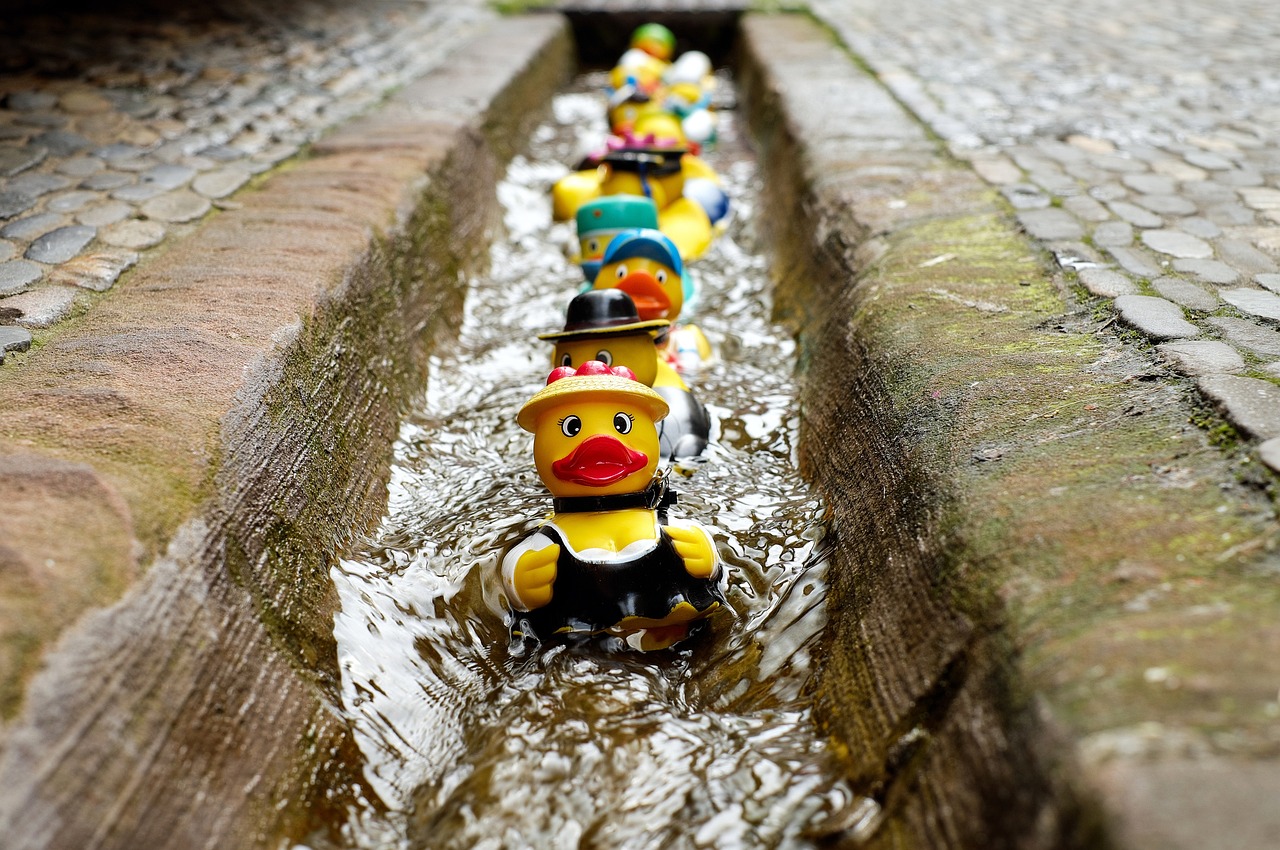
Basic Tools Every Toy Maker Needs
When it comes to crafting beautiful wooden toys, having the right tools is just as important as the wood itself. Imagine trying to bake a cake without the proper utensils; it just wouldn’t turn out the same, right? Similarly, the tools you use can make or break your toy-making experience. Let’s dive into some of the essential tools every toy maker should have in their workshop to ensure that the process is smooth, efficient, and most importantly, fun!
First and foremost, a saw is a must-have tool. Whether you opt for a hand saw or a power saw, this tool will allow you to cut your wood into the desired shapes and sizes. A jigsaw, in particular, is fantastic for making intricate cuts and curves, enabling you to create unique designs that will captivate children’s imaginations.
Next up, you’ll need a sander. Sanding is crucial for achieving that smooth finish that not only looks appealing but also ensures safety for little hands. A palm sander or an orbital sander can save you a lot of time and effort, making the process less labor-intensive. Plus, you can spend more time on the fun parts of toy-making!
Another indispensable tool is a drill. This tool is essential for making holes for assembly or adding features like axles for wheels. A cordless drill can offer you the flexibility to work in different areas without being tethered to a power outlet. It’s a game changer for any woodworker!
In addition to these primary tools, having a good set of chisels can be incredibly beneficial. Chisels allow you to carve and shape wood with precision. They are perfect for adding unique details to your toys, making them stand out from mass-produced alternatives. Pair your chisels with a mallet for added control and power during your carving sessions.
Lastly, don’t forget about the importance of a reliable workbench. A sturdy workbench provides a solid surface to work on and can help keep your workspace organized. Consider adding a vise to hold your pieces securely while you work, allowing for greater accuracy and safety.
To summarize, here’s a quick look at the basic tools every toy maker should consider:
| Tool | Purpose |
|---|---|
| Saw | For cutting wood into shapes |
| Sander | For smoothing surfaces |
| Drill | For making holes and assembly |
| Chisels | For carving and detailing |
| Workbench | For a sturdy workspace |
By equipping yourself with these basic tools, you’ll be well on your way to creating stunning wooden toys that not only bring joy to children but also showcase your craftsmanship. Remember, the right tools can turn a simple idea into a masterpiece!
Q: What type of wood is best for beginners?
A: Pine is often recommended for beginners due to its softness, availability, and ease of work. It’s forgiving and allows for easier mistakes, which is perfect for those just starting out.
Q: Do I need expensive tools to make wooden toys?
A: Not necessarily! While high-quality tools can make the process easier, many affordable options work well for beginners. Focus on getting the essentials first.
Q: How can I ensure my toys are safe for children?
A: Always use non-toxic finishes and materials, sand all surfaces to eliminate rough edges, and conduct durability tests to ensure they can withstand play.
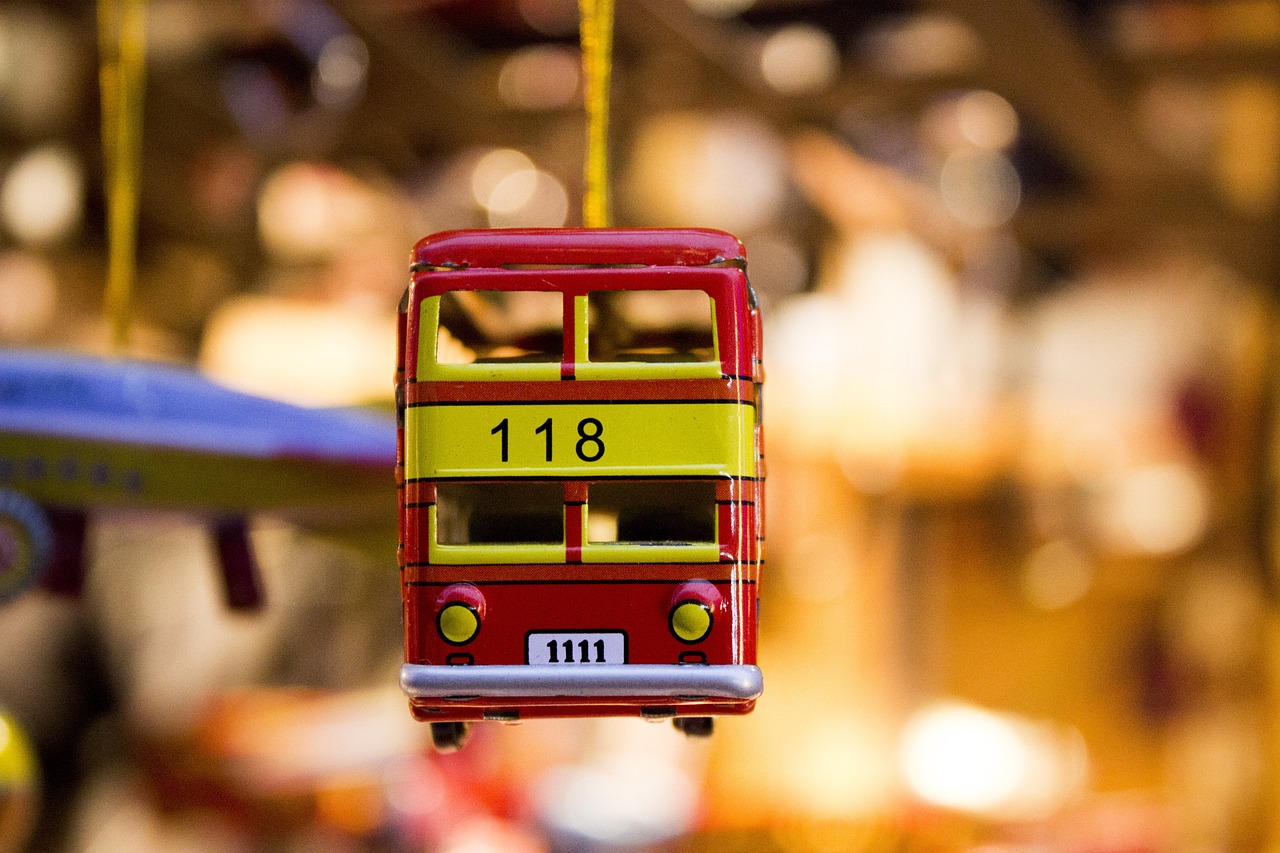
Advanced Techniques for Experienced Makers
As you dive deeper into the world of wooden toy making, you'll find that mastering advanced techniques can truly elevate your craft. These methods not only enhance the aesthetic appeal of your toys but also allow for intricate designs that can captivate both children and parents alike. One of the most exciting techniques is wood carving, where you can bring your imagination to life by sculpting detailed figures or patterns. This technique requires patience and precision, but the results can be stunning. Think of it like painting a masterpiece, but instead of a canvas, you’re working with a beautiful piece of wood.
Another fascinating method is laser cutting, which has become increasingly popular among experienced makers. This technique allows for precise cuts and intricate designs that would be difficult to achieve by hand. With a laser cutter, you can create complex shapes and patterns that can set your toys apart from the competition. Imagine creating a puzzle with perfectly interlocking pieces, or a toy with delicate engravings that tell a story. The possibilities are endless!
Moreover, combining these advanced techniques can lead to truly unique creations. For instance, you could start with laser-cut components and then add hand-carved details to give your toys a personal touch. This blend of technology and traditional craftsmanship not only enhances the visual appeal but also adds a layer of uniqueness to each piece. It's like having the best of both worlds!
However, as with any craft, it’s essential to practice safety measures when working with advanced tools. Always wear protective gear, especially when using power tools or laser cutters. Understanding the material properties and how they react to different techniques is crucial. For example, some woods are more suitable for carving than others, and knowing which tools to use for specific tasks can save you time and frustration.
To help you get started, here’s a brief overview of some advanced techniques and their benefits:
| Technique | Description | Benefits |
|---|---|---|
| Wood Carving | Shaping wood into intricate designs using chisels and knives. | Allows for detailed customization and artistic expression. |
| Laser Cutting | Using a laser to cut precise shapes and patterns in wood. | Enables complex designs with high accuracy and repeatability. |
| Joinery Techniques | Methods for connecting pieces of wood without nails, such as dovetail or mortise and tenon joints. | Provides strong, durable connections that enhance the toy's lifespan. |
In conclusion, embracing advanced techniques in wooden toy making can be incredibly rewarding. Not only do they allow you to push the boundaries of creativity, but they also provide children with toys that are both beautiful and functional. So, gather your tools, unleash your creativity, and start crafting toys that will be cherished for years to come!
- What types of wood are best for carving? Hardwoods like maple and cherry are ideal for detailed carving due to their density and fine grain.
- Is laser cutting safe for beginners? Yes, but it's essential to follow safety guidelines and receive proper training before operating a laser cutter.
- How can I ensure my toys are safe for children? Always use non-toxic finishes and conduct safety tests on your toys to ensure they can withstand play.
- Can I combine different techniques in one toy? Absolutely! Combining techniques like carving and laser cutting can create unique and stunning toys.
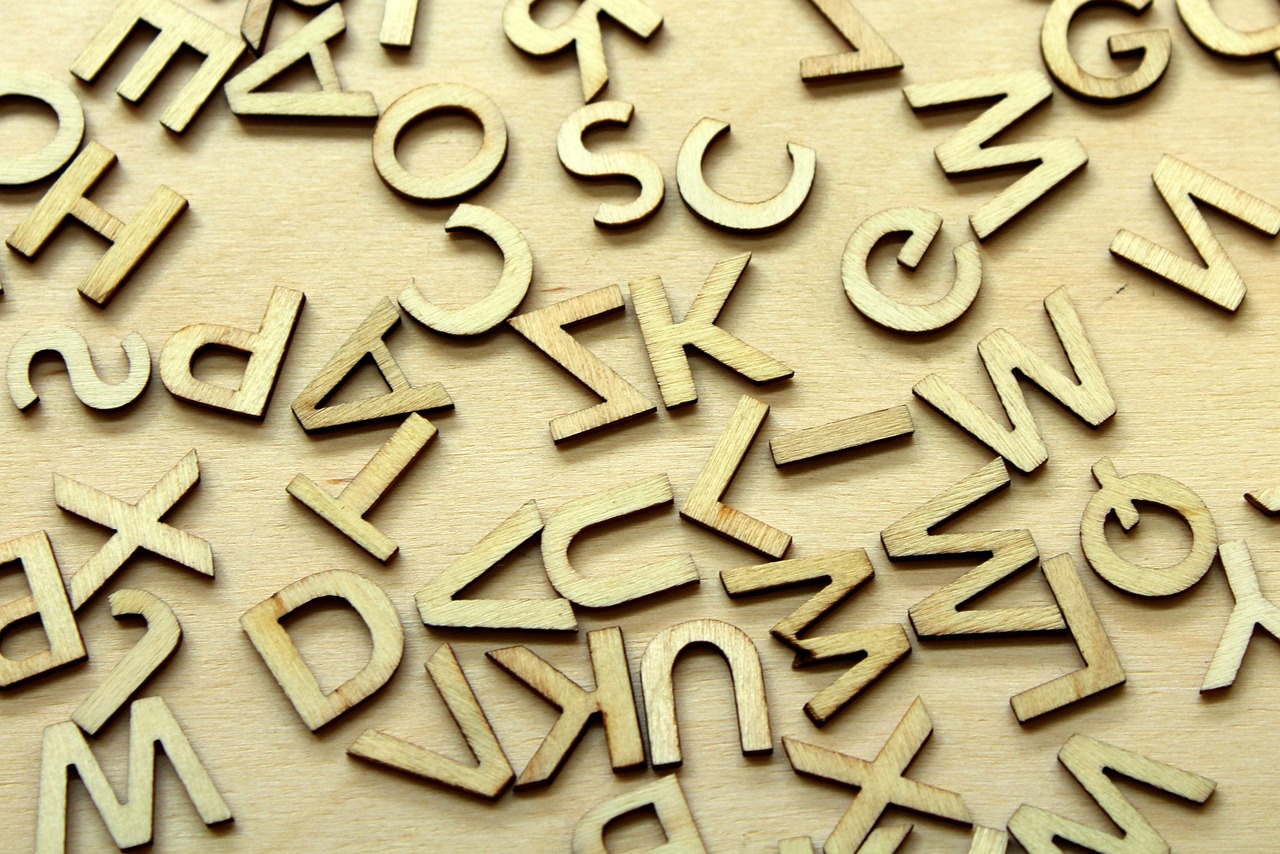
Safety Considerations
When it comes to crafting wooden toys, safety is the top priority. After all, the end users of these delightful creations are children, who are naturally curious and prone to exploring their environment in ways that can sometimes lead to unexpected mishaps. Therefore, it’s essential to ensure that every toy you create is safe for little hands and minds. This involves a multi-faceted approach that includes using non-toxic materials, ensuring smooth finishes, and employing sturdy construction techniques.
One of the first steps in ensuring safety is the selection of materials. Using non-toxic paints and finishes is crucial. Many commercial paints contain harmful chemicals that can pose serious health risks if ingested or inhaled. Opting for water-based, non-toxic finishes not only protects the wood but also builds trust with parents who are increasingly concerned about the safety of the toys their children play with. By choosing safe materials, you’re not just adhering to regulations; you’re also making a statement about your commitment to quality and care.
In addition to materials, the construction quality of your toys is equally important. Every edge should be smoothed down, and all parts should be securely attached to prevent any choking hazards. A quick way to ensure this is by conducting thorough checks of your toys before they reach the market. For instance, consider creating a checklist that includes:
- Checking for sharp edges
- Ensuring all parts are securely fastened
- Testing for durability under rough play
Moreover, testing your toys for durability is vital. Children can be surprisingly tough on their toys, so it’s essential to ensure that your creations can withstand the rigors of play. Conducting safety tests, such as drop tests or stress tests, can help you identify any potential weaknesses in your designs. This proactive approach not only minimizes risks but also enhances the longevity of your toys, making them cherished items that can be passed down through generations.
As you navigate the world of toy-making, remember that safety isn’t just a checkbox on a list; it’s a philosophy that should permeate every aspect of your crafting process. By prioritizing safety, you not only protect children but also establish a reputation for quality and reliability in a competitive market. Your toys can become beloved companions for children, trusted by parents who appreciate the care and thought put into every handcrafted piece.
To further assist you in your journey of creating safe and beautiful wooden toys, here are some frequently asked questions:
| Question | Answer |
|---|---|
| What types of finishes are safe for children's toys? | Look for water-based, non-toxic finishes that are specifically labeled as safe for children's toys. |
| How can I test the durability of my toys? | Conduct drop tests from various heights and apply pressure to joints to ensure they withstand rough play. |
| What should I do if I find a safety issue with my toys? | Immediately cease production, assess the issue, and implement necessary changes to ensure safety. |
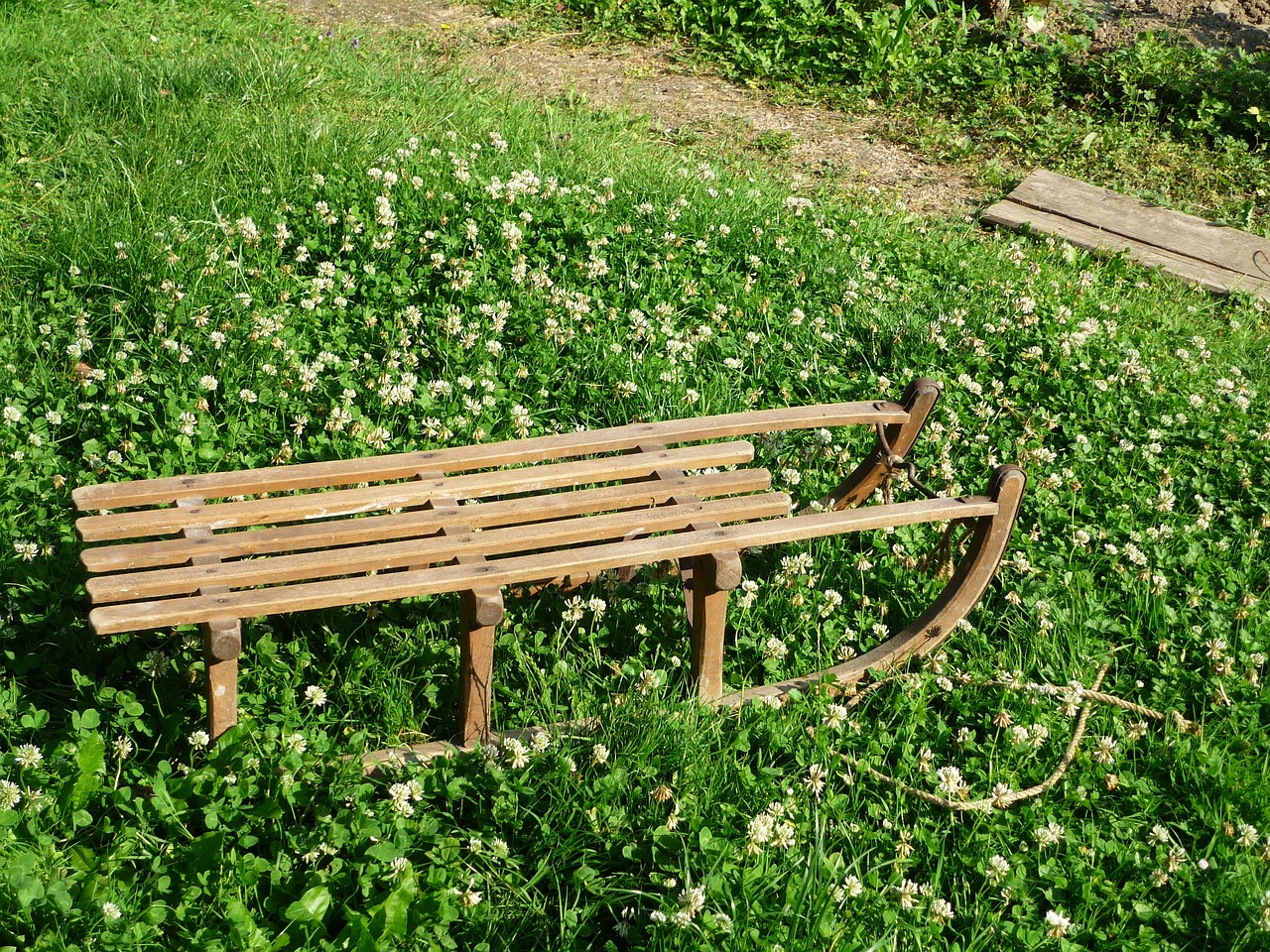
Non-Toxic Materials and Finishes
When it comes to crafting wooden toys, the choice of materials is crucial—not just for the aesthetics and durability of the toy, but for the safety of the little hands that will play with them. Non-toxic materials are essential in ensuring that your wooden toys are safe for children. This means steering clear of harmful chemicals that can be found in many conventional paints and finishes. Instead, opt for natural or organic alternatives that are free from volatile organic compounds (VOCs) and other harmful substances.
There are several types of non-toxic finishes available that can enhance the beauty of your wooden toys while keeping them safe for children. For instance, natural oils like linseed or tung oil are popular choices. They not only provide a protective barrier against moisture but also highlight the natural grain of the wood, giving each toy a unique character. Additionally, water-based paints and finishes are a fantastic option, as they dry quickly and emit fewer fumes compared to their oil-based counterparts. These finishes can come in a variety of colors, allowing for vibrant and engaging designs that capture a child's imagination.
It's important to remember that even the best non-toxic materials can be compromised if not applied correctly. Proper application techniques are vital. For example, always ensure that you apply multiple thin coats rather than one thick coat, as this not only improves durability but also minimizes the risk of peeling or chipping, which can expose the wood underneath. After applying finishes, allow ample time for them to cure completely before the toy is deemed safe for play. This careful attention to detail builds trust with parents, who are increasingly aware of the materials their children interact with.
Furthermore, educating yourself about the certifications and standards related to non-toxic materials can be beneficial. Look for products that are certified by reputable organizations, such as the American Society for Testing and Materials (ASTM) or the Consumer Product Safety Commission (CPSC). These certifications can provide peace of mind that the materials used in your toys meet stringent safety guidelines.
In summary, utilizing non-toxic materials and finishes in your wooden toy-making process is not just a responsible choice; it's a commitment to creating a safer play environment for children. By prioritizing safety, you not only enhance the value of your toys but also foster a sense of trust among parents, setting your creations apart in a competitive market.
- What are the benefits of using non-toxic materials in wooden toys?
Using non-toxic materials ensures that the toys are safe for children to play with, reducing the risk of exposure to harmful chemicals. - How can I ensure that the finishes I use are safe?
Look for finishes that are labeled as non-toxic and check for certifications from organizations such as ASTM or CPSC. - Are there specific types of wood that are better for non-toxic toys?
Yes, hardwoods like maple and birch are often preferred due to their durability and natural resistance to wear, making them ideal for safe toy-making.
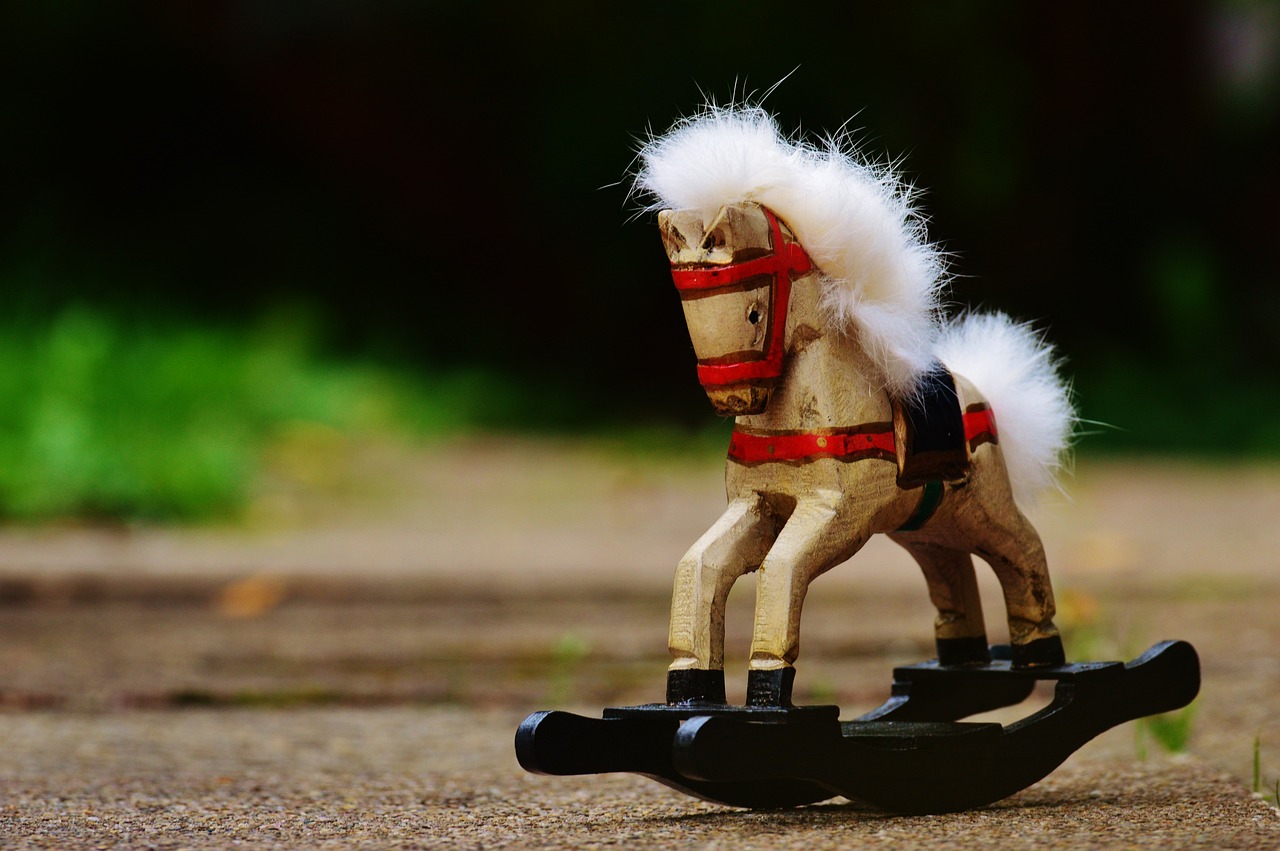
Testing for Durability and Safety
When it comes to creating wooden toys, is not just a step in the process; it’s an essential commitment to ensuring that children can play freely and safely. Imagine the joy on a child's face as they engage with a beautifully crafted wooden toy, but that joy can quickly turn to concern if the toy breaks or splinters during play. Therefore, rigorous testing is crucial.
One of the first aspects to consider is the materials used. Always opt for high-quality, non-toxic wood that can withstand the rigors of play. After selecting the right materials, the next step is to conduct physical tests. This includes applying pressure to various parts of the toy to see how it holds up under stress. For instance, you might drop the toy from a short height to gauge its resilience. Does it crack? Does it break? These simple tests can provide significant insights into the toy's durability.
In addition to physical tests, smooth finishes are vital. A toy with rough edges can pose a serious risk to children. Therefore, after crafting your toy, take the time to sand it down thoroughly. You can test the finish by running your hand over the surface; it should feel smooth and pleasant to the touch. If you find any rough spots, those need to be addressed before the toy is deemed safe for play.
Moreover, it’s essential to consider the toy's construction methods. Toys that are glued together should be tested for bond strength. A simple tug test can help determine if the joints hold up under pressure. If a toy can be disassembled easily, it poses a choking hazard, which is something that every toy maker must avoid at all costs.
Finally, consider conducting a peer review or getting feedback from parents who have children in the target age group. This real-world testing can provide invaluable insights into how the toy performs in actual play scenarios. You might even want to set up a small focus group where children can interact with the toys under supervision, allowing you to observe their behavior and gather feedback on the design and functionality.
In summary, testing for durability and safety is a multi-faceted process that involves careful consideration of materials, physical testing, smooth finishes, strong construction, and real-world feedback. By prioritizing these elements, you not only ensure that your wooden toys are safe for children but also build trust with parents who are looking for the best options for their little ones.
- What materials are safest for making wooden toys? - Always choose non-toxic, high-quality woods such as maple or birch, and ensure that any finishes used are also non-toxic.
- How can I test the durability of my wooden toys? - Conduct physical tests like drop tests and pressure tests, and check for strong construction methods to ensure the toy can withstand rough play.
- What should I do if a toy has rough edges? - Sand down any rough spots to ensure the toy is smooth and safe for children to handle.
- Is it necessary to get feedback from parents? - Yes, real-world feedback from parents and children can provide valuable insights into the toy's usability and safety.
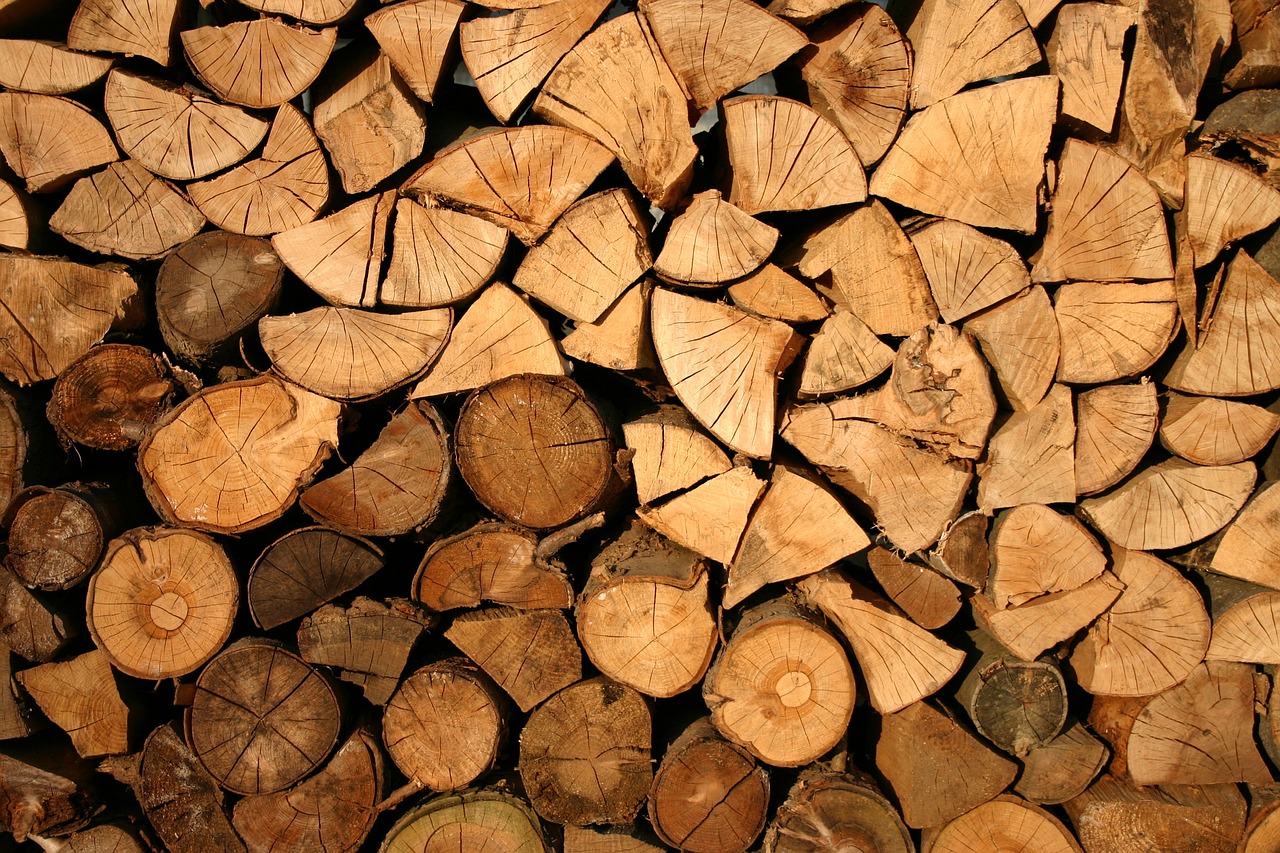
Marketing Your Wooden Toys
Once you’ve put your heart and soul into crafting beautiful wooden toys, the next step is to share them with the world. Marketing your creations effectively can be the difference between a hobby and a thriving business. The good news is that there are countless avenues available to help you reach your target audience. From online platforms to local events, the opportunities are endless. But where do you start? Let’s dive into some effective strategies that can help you promote your wooden toys and connect with potential customers.
First and foremost, social media is your best friend. Platforms like Instagram, Facebook, and Pinterest are perfect for showcasing your toys. Why? Because they are visual platforms that allow you to share stunning images of your products. You can create engaging posts that tell the story behind each toy, highlight the craftsmanship involved, and even share behind-the-scenes glimpses of your workshop. Engaging with your audience through comments and direct messages can build a loyal following. Remember, people love to support small businesses, especially those that prioritize quality and sustainability.
Another effective strategy is to participate in craft fairs and local markets. These events provide a fantastic opportunity to showcase your toys in person. Imagine setting up a booth filled with your beautifully crafted wooden toys, where parents can see, touch, and even play with them. Not only does this create a memorable experience, but it also allows for direct customer interaction. You can gather valuable feedback from parents and children alike, which can inform your future designs. Plus, these events often attract a crowd that appreciates handmade items, increasing your chances of making sales.
Additionally, consider building a professional website. A well-designed website serves as your online storefront, where potential customers can learn more about your brand, browse your products, and make purchases. It’s essential to include high-quality images and detailed descriptions of your toys, along with information about your crafting process. Don’t forget to incorporate a blog where you can share insights about toy-making, parenting tips, or the benefits of wooden toys. This not only helps with SEO but also establishes you as an authority in the field.
To further enhance your marketing efforts, you might want to explore collaborations with local businesses or influencers. Partnering with children’s boutiques or parenting bloggers can expand your reach significantly. Influencers can showcase your toys to their audience, providing authentic endorsements that can lead to increased sales. Just ensure that any partnership aligns with your brand values and resonates with your target audience.
Finally, consider offering promotions or discounts during special events or holidays. Limited-time offers can create a sense of urgency, encouraging potential buyers to make a purchase. You could also implement a referral program where existing customers receive a discount for referring new customers. This not only rewards your loyal customers but also helps you expand your customer base.
As you embark on your journey to market your wooden toys, you might have some questions. Here are a few frequently asked questions that can help guide you:
- What social media platforms are best for marketing wooden toys? Instagram and Facebook are highly visual and engaging, making them ideal for showcasing your products.
- How can I participate in local craft fairs? Research local events, apply for a vendor spot, and prepare your display to attract customers.
- Is it necessary to have a website? While not mandatory, a website can significantly enhance your credibility and provide a space for online sales.
- How can I ensure my marketing aligns with my brand values? Be selective about partnerships and promotions, ensuring they resonate with your mission and audience.
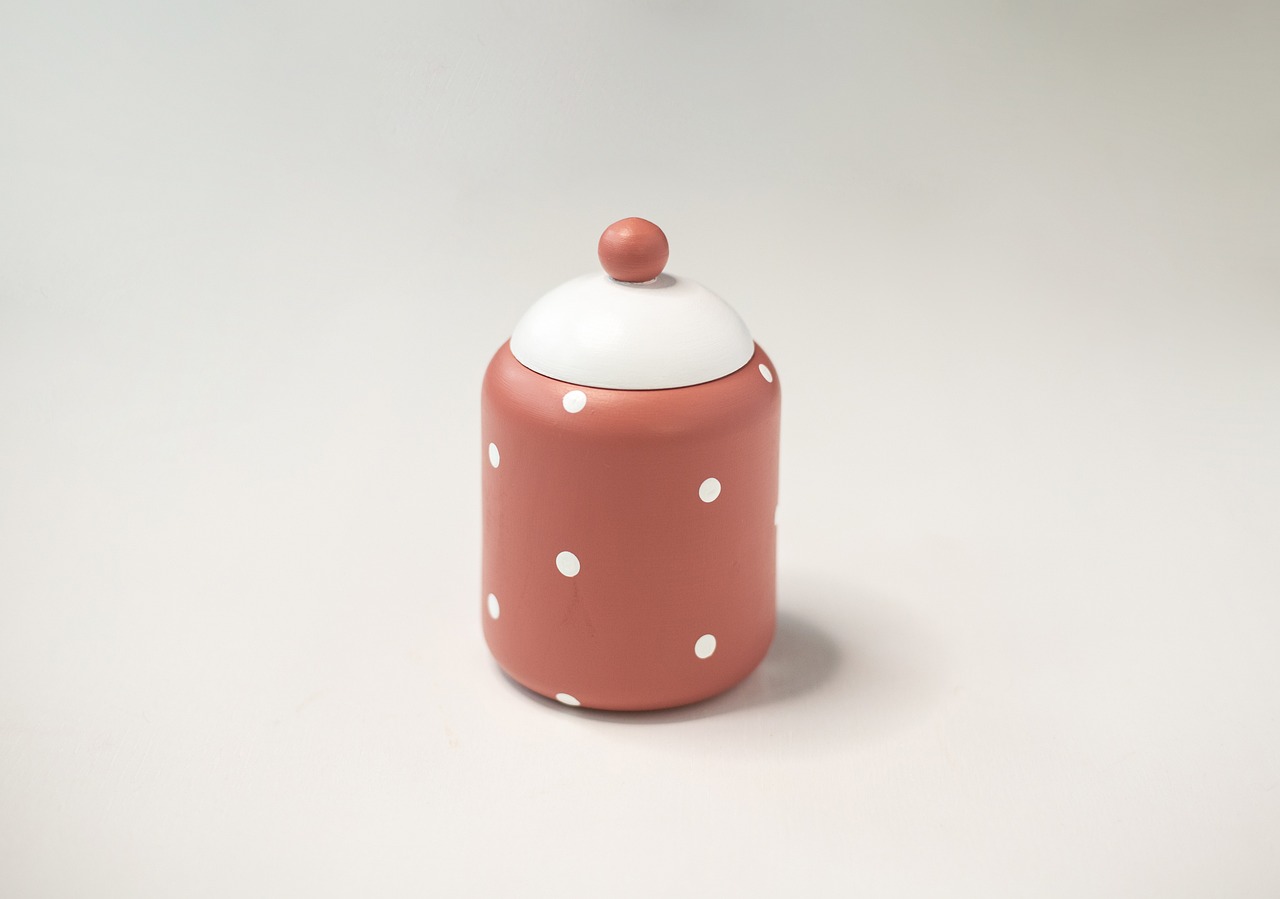
Utilizing Social Media for Promotion
In today's digital age, social media has become an indispensable tool for promoting your wooden toys. Platforms like Instagram, Facebook, and Pinterest offer unique opportunities to showcase your creations and connect with potential customers. Imagine your beautifully crafted toys displayed in vibrant images, capturing the attention of parents and children alike. The visual nature of these platforms makes them perfect for highlighting the intricate details and craftsmanship that go into each piece.
To effectively utilize social media, you should start by creating a cohesive brand identity. This includes a recognizable logo, consistent color schemes, and a clear message that resonates with your target audience. Once your brand is established, it's time to engage with your community. Posting regularly about your toy-making process, sharing behind-the-scenes content, and interacting with followers can create a loyal customer base. For instance, you might share a short video of you sanding a toy or a time-lapse of the entire crafting process. This not only draws in viewers but also builds a personal connection.
Additionally, consider using hashtags strategically to increase your visibility. Hashtags like #WoodenToys, #HandmadeToys, and #EcoFriendlyToys can help your posts reach a broader audience. You could also participate in trending challenges or collaborate with other makers to expand your reach. Remember, the key is to not just sell, but to tell a story that resonates with your audience. This could be the inspiration behind a particular toy or the joy it brings to children.
Engagement is crucial. Respond to comments, ask questions, and encourage followers to share their experiences with your toys. You might even consider hosting giveaways or contests to further engage your audience and attract new followers. For example, ask your followers to share photos of their children playing with your toys, and offer a prize for the best submission. This not only promotes interaction but also provides you with user-generated content that can be shared on your profile.
Finally, don’t overlook the power of analytics. Most social media platforms offer insights into how your posts are performing. Pay attention to what types of content resonate most with your audience and adjust your strategy accordingly. By analyzing engagement metrics, you can refine your approach and ensure that your promotional efforts are as effective as possible.
- What social media platform is best for promoting wooden toys?
Instagram and Facebook are particularly effective due to their visual nature and large user bases. Pinterest can also be useful for reaching parents looking for creative toy ideas. - How often should I post on social media?
Consistency is key! Aim for at least 2-3 posts per week to keep your audience engaged without overwhelming them. - Can I use social media to sell my toys directly?
Absolutely! Many platforms allow you to set up shop features where customers can purchase directly from your profiles. - How can I increase my followers on social media?
Engage with your audience by responding to comments, using relevant hashtags, and collaborating with other creators to reach new audiences.
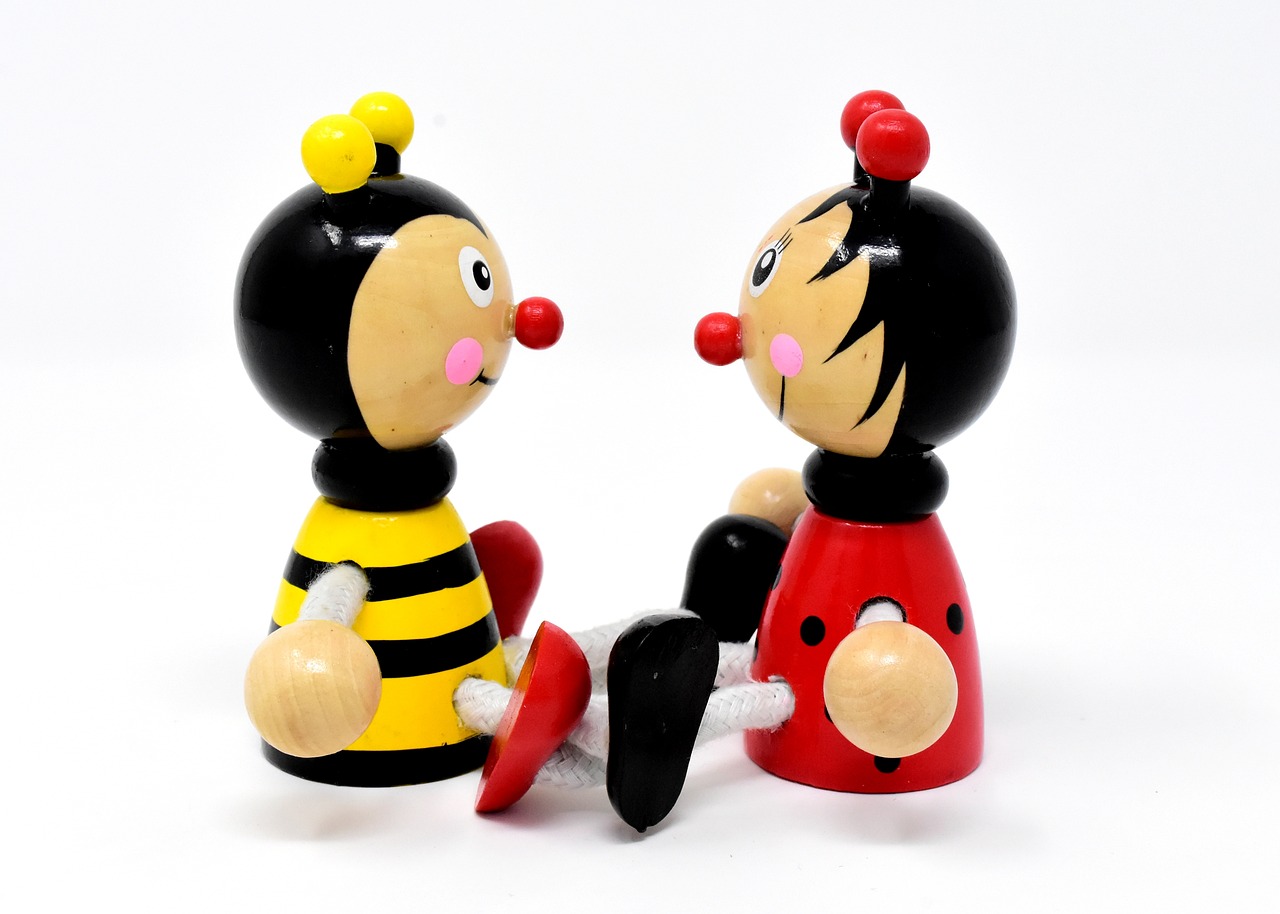
Participating in Craft Fairs and Markets
Participating in craft fairs and markets is not just a fantastic way to showcase your beautiful wooden toys; it's also a golden opportunity to connect with your community. Imagine setting up a vibrant booth adorned with your handcrafted creations, each piece telling its own story. Craft fairs draw in a crowd that appreciates the artistry and effort behind handmade items, making them an ideal venue for selling your toys. But it’s not just about selling; it’s about engaging with potential customers, receiving immediate feedback, and building relationships that can last well beyond the event.
When preparing for a craft fair, consider the layout of your booth. A well-organized and visually appealing display can attract more visitors. Use attractive signage to draw attention, and arrange your toys in a way that allows for easy browsing. Think of your booth as a mini-gallery that showcases your craftsmanship. You might even want to include a small section that explains the materials you use and the benefits of wooden toys, as many parents are keen to know what their children are playing with.
Additionally, engaging with customers is key. When someone picks up one of your toys, share the inspiration behind it. Was it a childhood memory or a design that came to you in a dream? Personal stories can create emotional connections that encourage sales. Don’t shy away from asking visitors what they think about your toys; their feedback can be invaluable for future designs. Remember, every interaction is a chance to educate someone on the benefits of wooden toys, from their durability to their eco-friendliness.
To maximize your participation, consider the following tips:
- Choose the Right Events: Research local craft fairs and markets that align with your target audience. Family-oriented events may attract parents looking for quality toys.
- Network with Other Vendors: Connect with fellow artisans. You never know when a collaboration or referral might blossom!
- Promote Your Presence: Use social media to announce your participation. Create excitement by sharing sneak peeks of what you'll be bringing.
In conclusion, participating in craft fairs and markets is a multifaceted experience that goes beyond just selling your toys. It's about community engagement, sharing your passion, and building a brand that resonates with parents looking for safe, high-quality toys for their children. So, roll up your sleeves, pack your toys, and get ready for an adventure that could elevate your toy-making journey to new heights!
Q1: What should I bring to a craft fair?
A1: It's essential to bring your toys, a well-organized display setup, business cards, and any promotional materials that explain your brand and products.
Q2: How do I price my toys for craft fairs?
A2: Consider the cost of materials, your time, and the market value of similar items. Ensure your prices reflect the quality and craftsmanship of your toys.
Q3: Can I sell online as well as at craft fairs?
A3: Absolutely! Having an online presence can complement your craft fair sales. Use social media and e-commerce platforms to reach a broader audience.
Frequently Asked Questions
- What are the benefits of wooden toys for children?
Wooden toys are not just charming; they come with a host of benefits! They are durable, safe, and eco-friendly, making them a great choice for parents. These toys encourage imaginative play, enhance fine motor skills, and are often more visually appealing than their plastic counterparts.
- Which types of wood are best for making toys?
Choosing the right wood is crucial! Hardwoods like maple and birch are popular due to their durability and safety, while softwoods like pine are lighter and easier to work with. Each type of wood has unique properties, so it's important to consider what you want from your toys.
- How can I ensure the toys I make are safe for children?
Safety is key when crafting toys for kids! Use non-toxic materials and finishes, and always smooth out any rough edges. It’s also wise to conduct durability tests to make sure your toys can withstand rough play without breaking or splintering.
- What tools do I need to start making wooden toys?
Starting out doesn't have to be overwhelming! Basic tools like saws, sanders, and drills are essential for any toy maker. As you gain experience, you might want to invest in more advanced tools for intricate designs, like wood carving tools or laser cutters.
- How can I effectively market my wooden toys?
Marketing your toys can be fun and engaging! Utilize social media platforms like Instagram and Facebook to showcase your creations. Participating in craft fairs and local markets can also help you connect with potential customers and get valuable feedback.
- Can I customize wooden toys for different age groups?
Absolutely! Tailoring your designs to specific age groups is a fantastic way to ensure they are developmentally appropriate. Understanding the needs and preferences of different age ranges will help you create safer and more engaging toys.
- What finishing techniques should I use for wooden toys?
Finishing techniques are crucial for both aesthetics and safety. Opt for non-toxic finishes that protect the wood while ensuring the toys are safe for children. A good finish not only enhances the beauty of the toy but also adds a layer of protection against wear and tear.













